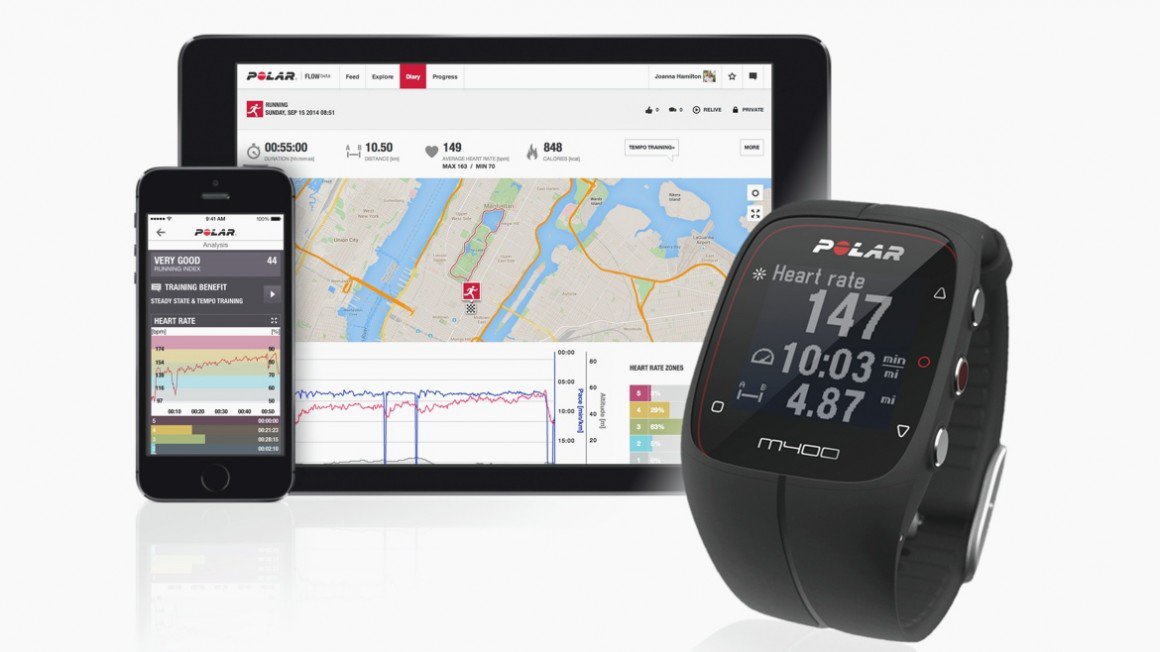Equine Heart Rate Monitor~ René van Son
A fit horse runs faster, jumps the last obstacles and has more power and stamina in a dressage test. But how to measure its fitness and progress?
Instead of only observing a horse and guesstimating its condition, vets, trainers and owners can accurately measure the fitness status of the animal. By using a heart rate monitor and GPS, the measured heart rate (INPUT) and speed (OUTPUT) is displayed and registered. It gives you a tool to correctly determine the fitness of a horse and detect illnesses/injuries at an early stage.
Technology
Instruct Audio developed the Pacer EQ, a tool based on an existing Polar product that can measure the equine maximum heart rate. The Pacer EQ uses a leather girth-sleeve (proudly made in SA) with heart rate sensors and a Bluetooth transmitter sending the signal to the Polar watch. It allows you to read live heart rate and speed during exercise (riding, lunging). The watch stores the information, which can be analysed on a cell phone app on the spot and with a web service on a computer. The rider/trainer/vet can also use the watch for personal training by adding a chest strap; the watch and transmitter are already in the package.
Peak performance
When a Thoroughbred horse is in rest, its heart rate is between 28 and 36 beats per minute. Per minute 35 litres of oxygen-rich blood flows from heart to muscles. This rate can go up to 225-240 beats per minute at maximum exercise. The cardiac output will then be over 200 litres per minute!
A tired horse will lose his action and be prone to tendon, joint and ligament strain. When any horse’s heart rate exceeds 200 beats per minute and approaches peak heart rate, the horse will fatigue within 10 seconds. No matter how much it is pushed, the horse cannot give any more. You can feel the effect of a cut-off blood supply and high lactate on your own body when you sprint 150 metres.
Recovery time
The goal of fitness training is to maximise the time the heart will supply oxygen to the horse’s body, postpone the saturation of the blood with lactate and extend the duration of peak performance. The result is better stamina, higher power, and more speed.
The best method of measuring the fitness of a horse is by looking at the recovery time. The data from the Pacer EQ show you the time it takes for the heart rate to go down from 120 to 80 beats per minute. The shorter the recovery time, the fitter the horse.
Tailored training
Heart rate monitoring allows you to train your horse specifically for stamina, power bursts or speed. The basis for quick improvement of overall fitness is interval training. To get a reasonable fit recreational horse to a competition level of fitness could take three months of training. This means that you have to plan 12 months ahead taking training periods, rest periods and major shows into account. For optimal fitness, you need three things: a sound horse, a HRM/GPS fitness monitoring system, and self-discipline to consistently measure and analyse fitness data.
To set up a training plan first consult your vet about:
- the readiness of the horse for demanding training and;
- if he or she can develop a training plan or has sources to use (books, internet, etc).
There are many equestrian websites advising on useful training programs. Before doing anything, remember that you and your vet know you horse best.
For further information about equine HRM and free articles, please contact René van Son of Instruct Audio on 072 578 5241 or rene@instructaudio.co.za. www.instructaudio.co.za





No comments yet.